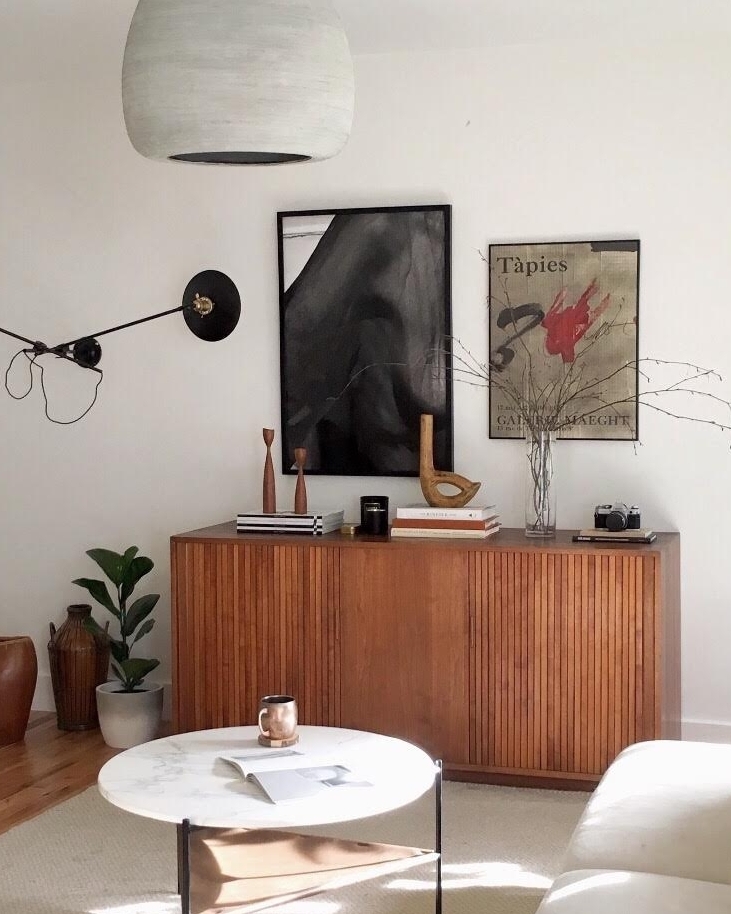John Baldessari, Of What Use (from Goya Series), 1997
Last week I wrote about the need for space, and as I was writing, I was brought to my final point - that the ultimate way to “get” space is to create it by surrendering. To let go to allow room for the magic. I’ve been reading Pema Chodron’s “When Things Fall Apart,” and as I read the chapter on maitri this week, I had many "aha" moments. I love when the topics I’m exploring show up in many places - books, films, people’s words, etc. It allows for the studying to become almost intoxicating.
Maitri is Sanskrit for loving-kindness. In our culture, sometimes loving-kindness is seen as this grand act of being overly sweet, yet in truth, there is a neutrality to maitri. In this except from the book, Pema explores the concept of maitri through surrender:
“What makes maitri such a different approach is that we are not trying to solve a problem. We are not striving to make pain go away or to become a better person. In fact, we are giving up control altogether and letting concepts and ideas fall apart.
Here's more of her beautiful writing:
“The way to dissolve our resistance to life is to meet it face to face. When we feel resentment because the room is too hot, we could meet the heat and feel its fieriness and its heaviness. When we feel resentment because the room is too cold, we could meet the cold and feel its iciness and its bite. When we want to complain about the rain, we would feel its wetness instead. When we worry because the wind is shaking our windows, we could meet the wind and hear its sound. Cutting our experiences for a cure is a gift we can give ourselves. There is no cure for hot and cold. They will go on forever. After we have died, the ebb and flow will still continue. Like the tides of the sea, like day and night — this is the nature of things. Being able to appreciate, being able to look closely, being able to open our minds — this is the core of maitri.”
The core of maitri is also the core of this work. When we see our objects as symbols - they become just that, symbols. This creates disconnection - the exact opposite of what we are after. When we are searching for answers in our things, we are in a sense starving ourselves. Of freedom. Of joy. I write about this a lot. There is no cure for our dissatisfaction. The key is to meet whatever is there, and in this meeting, we leave room for the joy. We cry tears of joy because the feelings of overwhelming sadness and overwhelming joy are so similar. We can experience the joy by observing the pain. There is beauty in this meeting.
There is also beauty in the meeting of object and human. Without us, the tea mug is of what use? Part of the work is acknowledging that our objects just are. A mug is for drinking tea. A vase is for holding flowers. The purpose is straightforward. But what’s our purpose? We get to decide that. We experience maitri by simply being. By pausing. By allowing our objects to serve us in order to practice mindfulness. And in this presence, we create space. And in this space, we can experience joy. In order to do this, we must detach from the symbol, and instead, meet the neutrality.
If you're interested in diving deeper with a session, contact me or book below.





